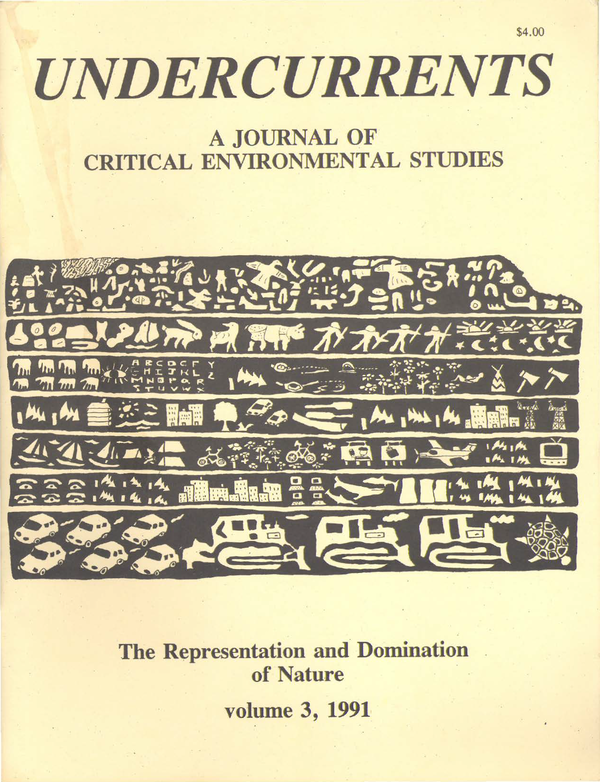Domination and Preservation: Reflections on Wildlife Cinematography
DOI:
https://doi.org/10.25071/2292-4736/37928Abstract
Contemporary wildlife documentaries, geared for the television market, exhibit a recurrent pattern: their narratives tend to emphasize the predatory pursuit of wild animals. In large part this problem is a consequence of the masculinist and scientistic legacies which wildlife filmmakers have taken over from the natural sciences, in order to seek legitimacy for this genre.1 Other (even contradictory) forces also come into play in the production of wildlife documentaries, namely those arising from commercial demands. The differences between wildlife programming and entertainment specials are at times only ones of modality. Thus, while the contemporary writings of deep ecology and ecofeminism very clearly reflect alternate ideals of human interconnectedness with the nonhuman environment, wildlife documentaries seem compelled to answer to two rather "environmentally unsympathetic" task-masters: objective science and entertainment.
Published
How to Cite
Issue
Section
License
Copyright (c) 1991 Margot La RocqueCreators retain copyright for all writings and artwork published in UnderCurrents. New material published as of Volume 21 (2022) is available under a Creative Commons Attribution 4.0 International License (CC-BY 4.0).


